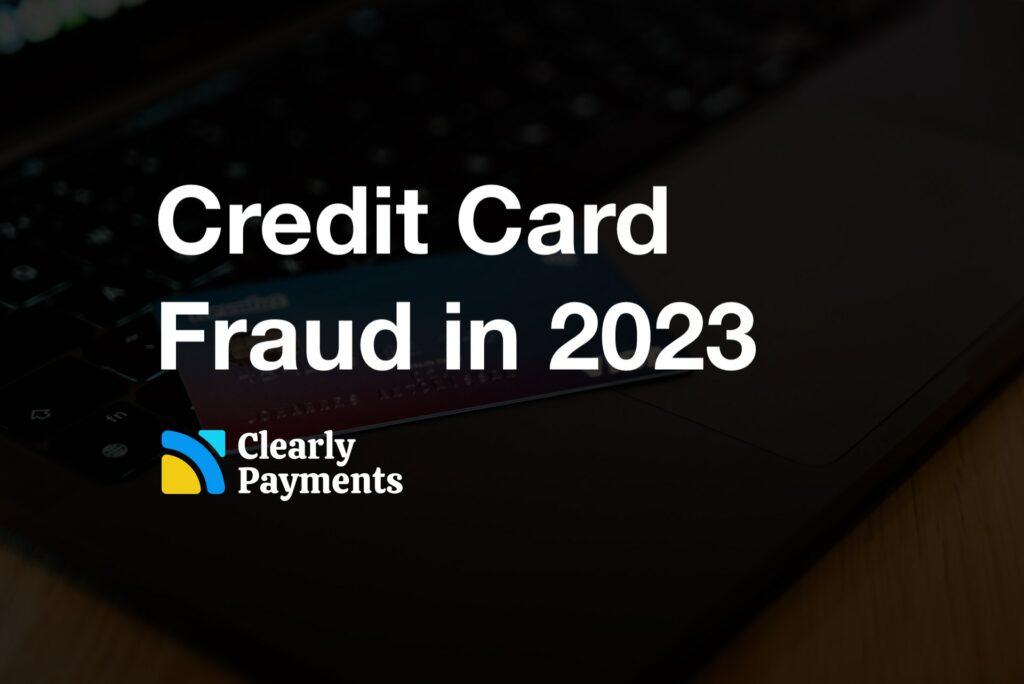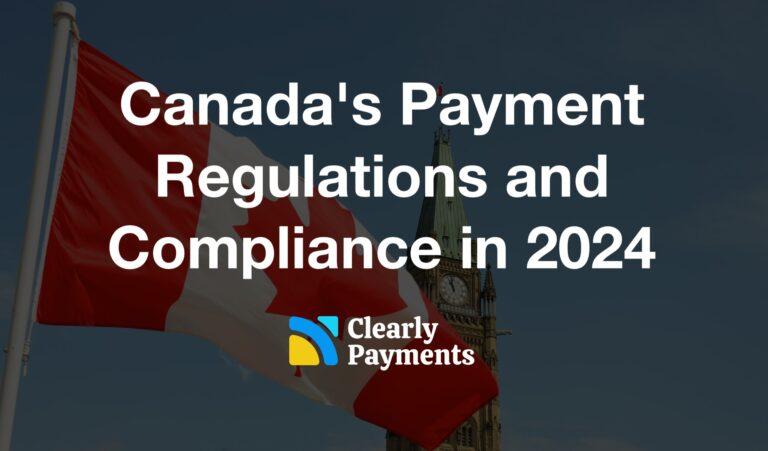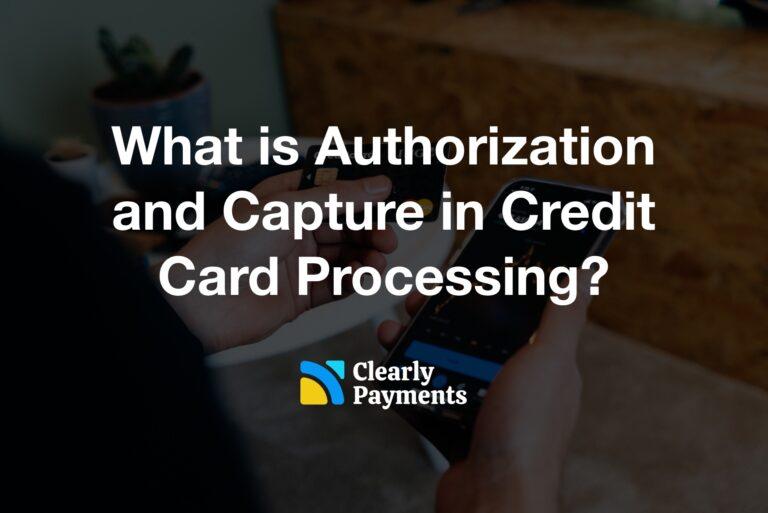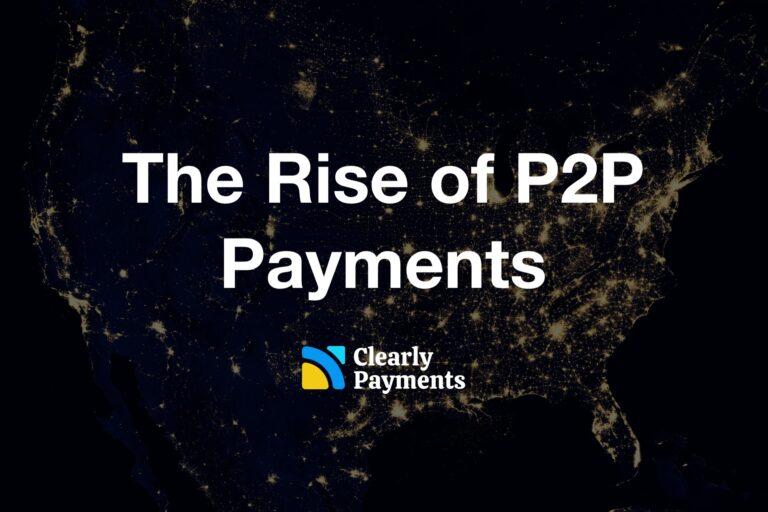In an era dominated by technological advancements and online transactions, credit card fraud has emerged as a significant threat to individuals and businesses alike. As fraudsters become more sophisticated in their tactics, understanding the latest statistics and adopting robust security measures is crucial. This comprehensive article delves into the alarming rise of credit card fraud, the impact of data breaches, geographical trends, and the urgent need for proactive fraud prevention strategies.
The rise of credit card fraud and its impact
Year after year, credit card fraud attempts are on the rise, with a staggering 46% year-over-year increase reported globally. As credit card transactions continue to rise, the number of attempted fraud transactions follows suit. Online sellers, particularly e-commerce merchants, have become prime targets for fraudsters, experiencing a shocking 140% increase in credit card fraud attacks over the past three years. Of all global credit card fraud losses, a significant 46% originates from the United States, making it the epicenter of this digital menace.
"Global losses from payment cards currently totals $34 billion in 2022. The U.S. is the leader in credit card fraud taking 36% of the total loss."
The financial repercussions of credit card fraud are immense, with projected global losses reaching an astounding $43 billion by 2026. In the United States alone, credit card fraud losses are projected to exceed $12.5 billion within the next two years. These figures underscore the urgent need for implementing robust fraud prevention strategies and leveraging advanced technologies to protect consumers and businesses from financial harm.
Geographical trends in credit card fraud
Credit card fraud is a global concern, but certain countries experience higher rates of fraudulent activities. The United States, the United Kingdom, and Australia are among the top countries with the highest rates of credit card fraud. The United States remains a significant hotspot for credit card fraud, accounting for around a third of all global fraud losses.
The United Kingdom faces a high rate of credit card fraud, with 123 out of every 1,000 inhabitants affected by such incidents. Australia, Brazil, China, and India have witnessed a surge in credit card fraud due to the rising popularity of digital transactions. Canada, Germany, Russia, and South Africa also report increasing credit card fraud cases, with cybercriminals exploiting vulnerabilities in their payment systems.
Understanding these trends is crucial for implementing targeted fraud prevention strategies and promoting greater awareness among consumers and businesses in the affected regions. By adopting proactive security measures and staying informed about the latest fraud trends, individuals and organizations can collectively combat credit card fraud and foster a safer digital environment.
Card-Not-Present (CNP) fraud statistics
One of the most pressing concerns in credit card fraud prevention is the vulnerability of card-not-present (CNP) transactions. Card-not-present is a credit card transaction occur where the payment card is not physically presented during the transaction, like online transactions. Card-present (CP) transactions occur when the customer physically presents their payment card to the merchant at the point of sale (POS).
CNP fraud statistics represents a whopping 65% of all credit card fraud losses, highlighting the severity of the issue. This type of fraud primarily occurs in online transactions, phone payments, and manually entered card details, presenting fraudsters with ample opportunities to exploit vulnerabilities in less secure payment methods. Consumers and businesses must recognize the significance of this threat and implement robust security protocols to safeguard sensitive data during online transactions.
There is much more fraud in online payments. The amount of fraud for in-person transactions (CP) is 0.06% of the transaction value. Card-not-present (CNP) fraud rates are 0.93% of the transaction value, which is 90% higher.
Overall, there is a lot more fraud in card-not-present transactions. This results in higher payment processing fees, interchange fees, and likely chargebacks for merchants. The fraud rate for in-person card-present transactions is estimated to be around 0.06% of the transaction value. Card-not-present fraud rates are estimated at around 0.93% of the transaction value, which is significantly higher than card-present fraud rates. That’s around 90% higher.
There are many other types of credit fraud including credit card skimming, using stolen credit cards, friendly fraud, and more. Here is an full article on types of credit card fraud and tactics that merchants can take.
Impact of data breaches
Data breaches have become increasingly common in recent years, and their impact on credit card fraud is profound. There are 1.25 billion credit cards in circulation in the world. Shockingly, a staggering 80% of all credit cards in circulation have already been compromised due to breaches or hacks, making millions of individuals susceptible to potential fraud.
Over the past 15 years, more than 1.6 billion records have been breached, affecting more than 20% of the global population. These breaches expose individuals to the risk of credit card fraud, underscoring the urgent need for stringent security measures and enhanced cybersecurity practices.
One of the worst credit card fraud cases statistically in recent history was the cyberattack on U.S. retailer Target Corporation in 2013. The data breach compromised the credit and debit card information of 40 million customers and the personal information of around 70 million people. The estimated cost of Target data breach goes beyond the $18 million settlement. It’s estimated the company lost over $200 million.
Credit card fraud by age groups
Credit card fraud victims come from diverse age groups, and while vulnerabilities exist across demographics, individuals between the ages of 30 and 39 reported the highest number of cases last year.
Interestingly, individuals aged 80 and above have experienced the fewest incidents. However, despite age variations, everyone remains at risk of falling prey to credit card fraud. This emphasizes the need for greater awareness and vigilance among all age groups.
Ways to reduce credit card fraud
Reducing credit card fraud requires a multi-faceted approach that involves a combination of technology, security measures, and user education. Here are several strategies that can be implemented:
Advanced Authentication Methods: Implement two-factor authentication (2FA) or multi-factor authentication (MFA) for online transactions. This adds an extra layer of security by requiring users to provide additional verification beyond just the card number and CVV.
EMV Chip Technology: Encourage the use of EMV chip-enabled cards, which provide better security against counterfeit card fraud by generating a unique transaction code for each purchase.
Tokenization: Tokenization replaces actual credit card numbers with tokens for online and mobile transactions. This ensures that sensitive card information is not stored or transmitted, reducing the risk of data breaches.
AI and Machine Learning: Utilize artificial intelligence and machine learning algorithms to analyze transaction patterns and identify anomalies that could indicate fraud. These systems can adapt and learn from new data to improve accuracy over time.
Behavioral Analytics: Monitor user behavior and establish baselines to detect deviations. Unusual spending patterns or geographic inconsistencies can trigger alerts for further investigation.
Real-time Monitoring: Implement real-time transaction monitoring to identify and block suspicious activities as they occur.
Secure Payment Gateways: Employ secure payment gateways that encrypt sensitive data during online transactions, safeguarding it from interception.
Fraud Detection Systems: Invest in robust fraud detection systems that employ predictive analytics and machine learning to identify potential fraudsters and patterns.
Merchant Verification: Implement strict vetting processes for new merchants to prevent fraudulent businesses from entering the system. This is a key reason payment processors have risk and underwriting process before accepting new merchants for a merchant account.
By combining these measures, businesses and financial institutions can create a robust defense against credit card fraud and enhance the overall security of payment transactions.




